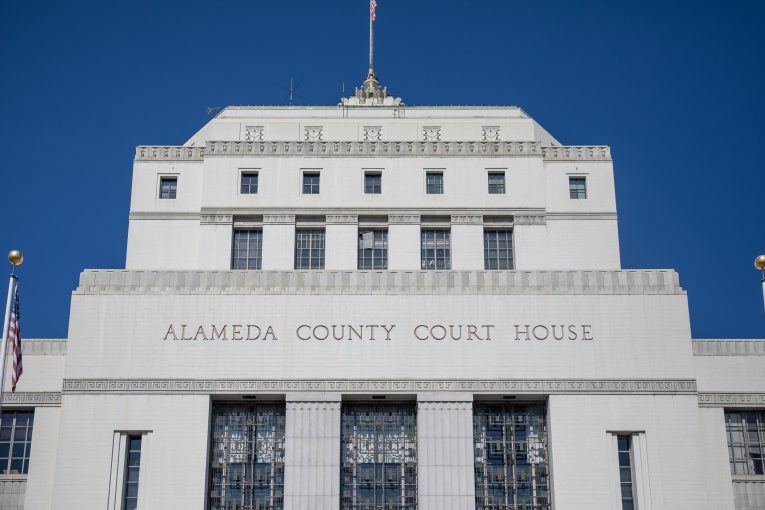
 By Jake Romero
By Jake Romero
OAKLAND, CA — Andres Bejarano, a former Berkeley homicide detective, testified in the ongoing murder trial of Will Watson, 29, Monday at the Rene C. Davidson Courthouse / Alameda County Superior Court.
In 2016, Watson allegedly shot and killed 19-year-old Gregory Ignacio, Jr., in Berkeley. His charges include murder, great bodily injury and the use and discharge of a firearm while committing a felony, according to his arrest record.
Bejarano, who is now a patrol sergeant for Alameda County Sheriff’s Department, testified about his analysis of Watson’s call detail record data. The court approved Bejarano as an expert witness, given his training and experience with CellHawk, a program software used to interpret and analyze the data.
Bejarano explained that a call detail record is a historical record of the device’s use that gives information such as length of phone calls and the device’s approximate location when connected to a cell tower while calling or texting.
The data, once retrieved from a service provider, is put into CellHawk which can create a map and plot the device’s past locations, according to Bejarano.
Deputy District Attorney Christopher Cavagnaro displayed a CellHawk-generated map that shows two of Watson’s cell phone locations on the day of the shooting.
Bejarano said that the phone pinged two different towers—less than an hour before and after the shooting—which placed Watson less than a mile away from the crime scene.
Bejarano mentioned that he could not plot three data registrations on the map—which fell within the map’s 80-minute timeframe—because they did not have an associated tower address or GPS coordinates.
He said he was able to assign the registrations to a specific cell tower without using CellHawk, but DDA Cavagnaro did not ask for further explanation.
Defense attorney Hugo Castillo asked Bejarano if he had the training or experience to determine what cell tower was pinged when a tower’s location is not provided in the call detail record. Bejarano said he only has a general understanding of how to interpret such data but has had no special training to do so.
Castillo also asked Bejarano to elaborate on how cell towers work. The officer explained a service provider will usually connect a device to the nearest cell tower but, if something obstructs the connection, the device might ping a further tower.
Bejarano also said service providers do not typically disclose information about a cell tower’s coverage distance or possible obstructions.
The trial is scheduled to resume Tuesday morning.


